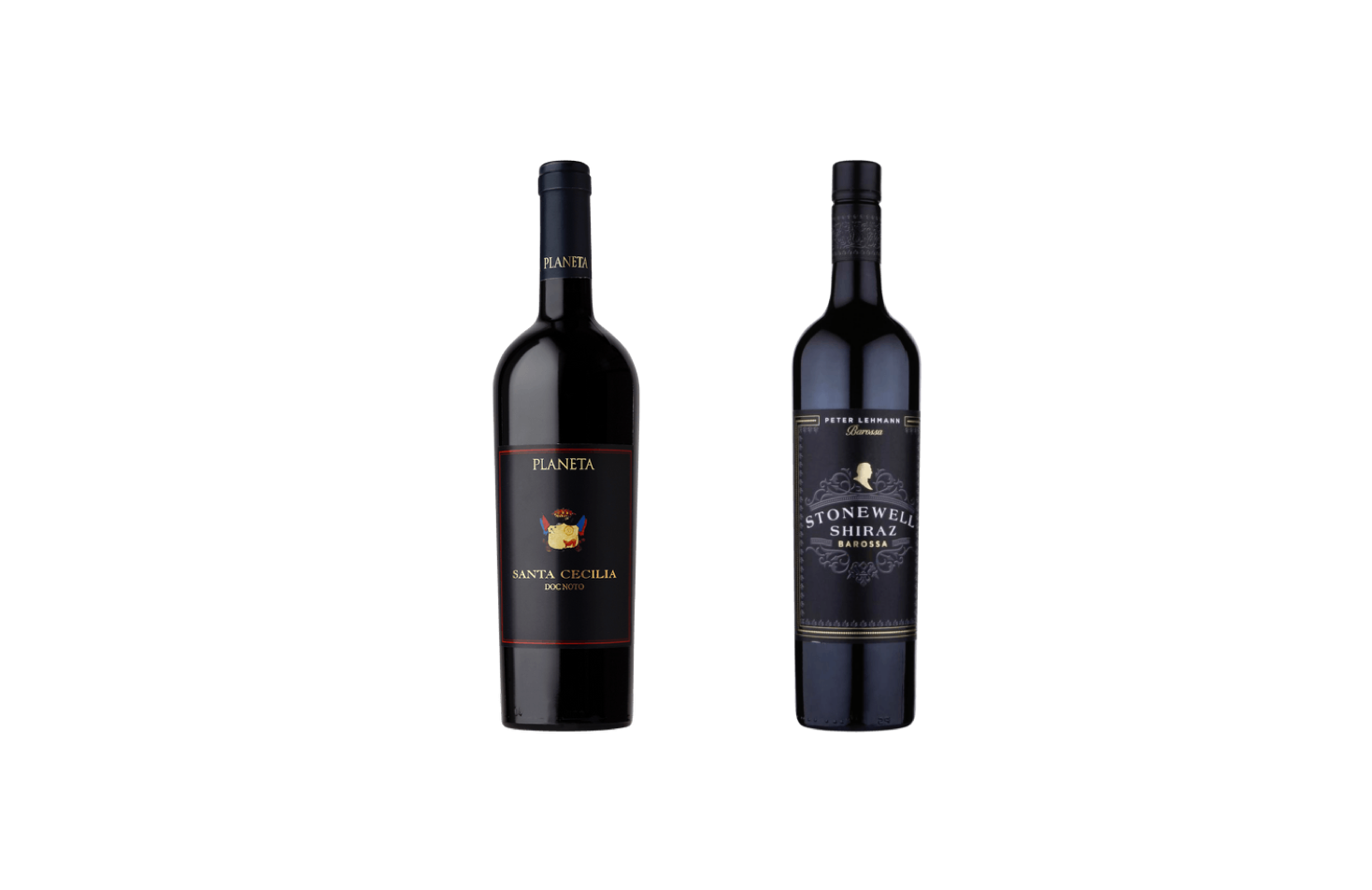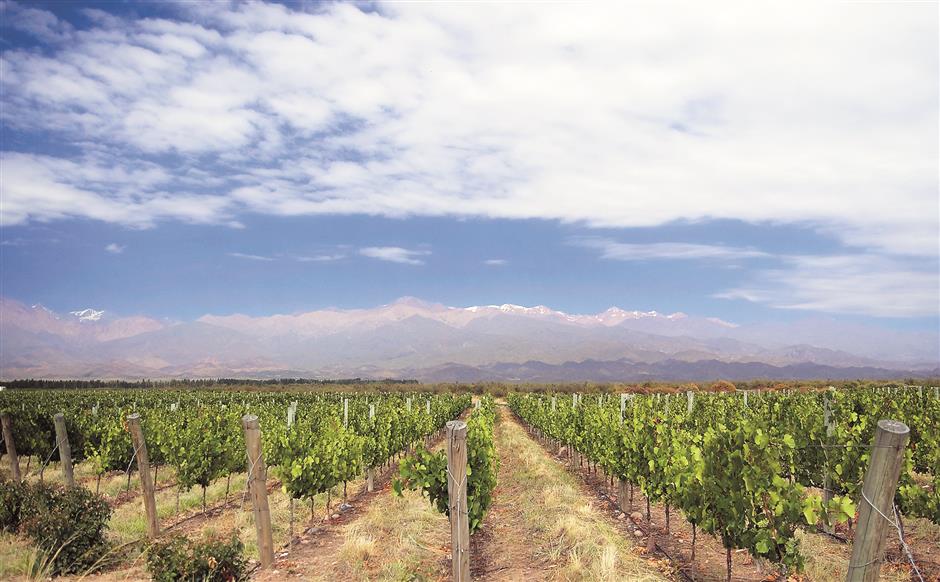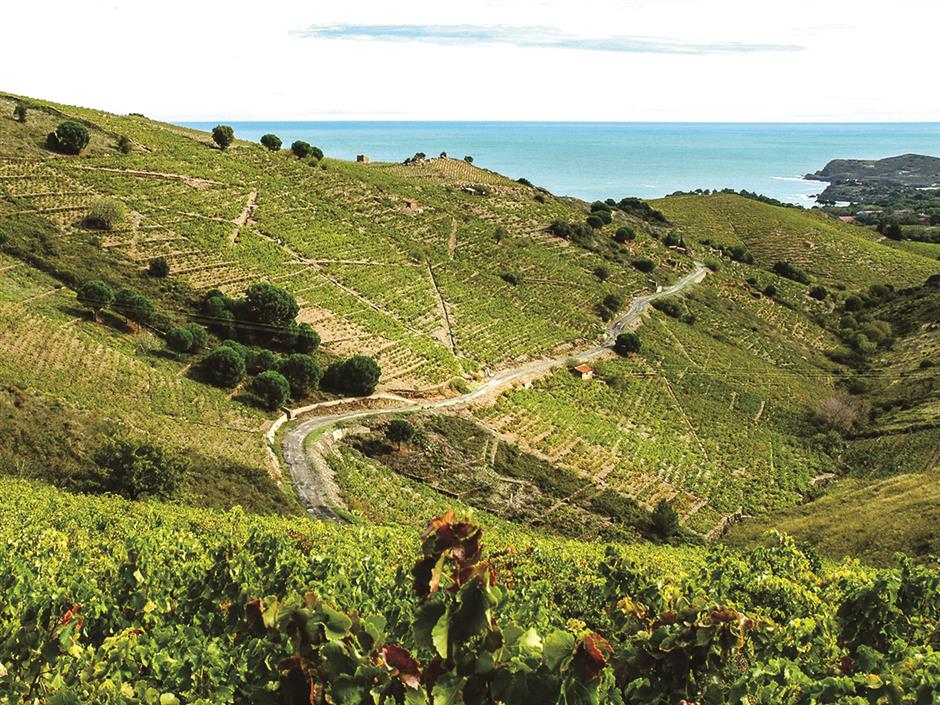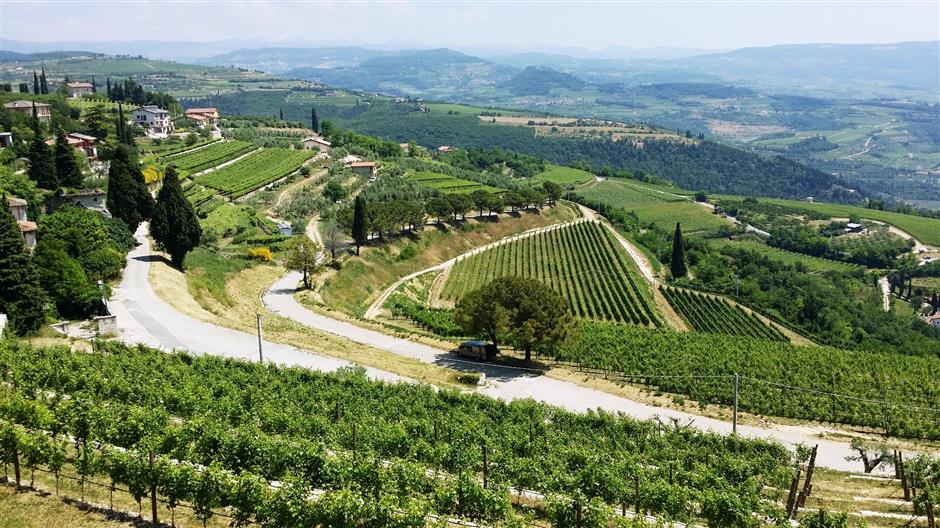One of the first things to decide before writing a story is the angle. Good stories have clear and compelling angles. Attacking a loaded subject like coffee and wines demands some discipline. Why? Because at least 99.9 percent of food and wine experts will tell you they make appalling companions. The basic rule is that you stop drinking wine as soon as you start drinking coffee. But can coffee really have anything to do with wine? Can there be any harmonious relations between them? Here are three good angles.
Coffee the new wine
In the world of beverages, wine stands out as the most sophisticated, complex and evolved drink ever created by man. The history and traditions of tea, beer, sake and more recently liquors is impressive but none measures up to wine in terms of diversity, delicacy and of course pairing with foods. Coffee is relative new comer with only about a 700-800 year history as opposed to over 7,000 years for wine. The first documented accounts of coffee drinking come from modern day Yemen where monks in Sufi monasteries drank coffee as it enabled them to prolong prayers in the evening without getting tired. Though beloved by millions around the world, coffee never really developed the culture or refinement of wine culture. Not until now at least.
As makers and lovers of coffee are becoming more knowledgeable and sophisticated, they are adapting many of the practices and methods of wine. On practice is to emphasize geographic origins, for instance some of the most sought after coffees today are single farm coffees from one producer in one region. This sounds an awful lot like single vineyard wines. Unlike wines that are heavily regulated, especially in the Old World, by independent organizations that control everything from farming, yield, authorized varieties, aging and more; the use coffee names and even geographic origins have little independent oversight. My coffee expert friends often laminate the number of phony premium or specialty coffees offered by coffee brokers or traders. Some in the industry are pushing for more stringent controls.
The desire to be more wine-like even extends to the serving and appreciation of coffee. Increasingly people are talking and writing about as if it were wine using an abundance of adjectives as we do in the wine industry. Leather, oak, cola, chocolate, berry, citrus and even burnt cedar chips are all words I’ve heard used to describe coffee. Very wine like! Now restaurants in chic gourmet capitals are even offer coffee inners where each course is served with a different style of coffee. Iced Kenyan coffee with smoked trout fish salad and siphon prepared hot Guatemala Antigua coffee with braised venison in a coffee reduction. Serving different coffees at different temperatures, in different glasses, thoughtful pairing with various ingredients and cooking methods; what’s more wine-like than this? But some in the coffee world are going even further by trying to pair coffees with wines.
Coffee and fortified wines
For far too long the wine world has been closed with an incestuous veneer of snobbism. I pride myself on being open-minded, being inclusive of new and often tradition breaking practices. Change, in context with history and tradition, is as necessary for the wine industry as it is for other industries. When I first heard that producers including Starbucks were pairing coffee with different dishes throughout a meal, I was dubious but not judgmental. But when I heard some were also pairing different styles and servings of coffee with wines, I thought this was indeed an epicurean abomination. As mentioned in the preamble of this column the tried and true rule of ceasing the consumption of wine after the first sip of coffee has been one of the sacred covenants of wine appreciation. But there is one glorious exception, coffee and fortified wines.
About 500 years ago English traders first started to add distilled grape liquor to their Iberian wines in order to fortify them so they wouldn’t spoil on the voyage to England. A new style of wine, not surprisingly named fortified wine, was born. The additional alcohol and strength of these wines also made them appropriate to be enjoyed with coffee. The delicacy of aromas, flavors and textures of normal white and red wines are overwhelmed by the power and intensity of coffee, while the intrinsic strength of fortified wines, especially sweet fortified wines, stands up to and even embellishes the flavors and aromas of coffee. From the simple pleasure of a Ruby Port or Cream Sherry enjoyed with and espresso, to the more lofty experience of a Vintage Port or Old Sweet Pedro Ximenex VORS Sherry with high-altitude Tanzanian brew , fortified wines and coffee are weighty and synergistic cohorts.
Coffee in wines
That a pure liquid made entirely of grapes can offer so many different aromas and flavors is one of the most endearing mysteries of wine. One sensation that wines sometimes have is coffee. Technically smells and flavors of coffee in wines derive from the natural chemical compound 2-fureanmethanethio also known as 2FM. These sensations of coffee in wine are usually, though not exclusively, from the use of tasted oak barrels. The insides of the oak barrels used to age many red wines and some white wines is often lightly charred on the inside to add more aromas, flavors and complexity to wines. In general, there are three degrees of toasting: light, medium and heavy. Coffee aromas are most perceptible in wines aged in heavy toasted small barrels. Additionally, some varieties like Cabernet Sauvignon, Malbec, Carmenere, Shiraz, Nero d’Avola and Tempranillo are more prone to exhibit coffee sensations.
In South Africa some winemakers have not only been aging their Pinotage red wines in oak barrels but also fermenting the wines in the toasted barrels. This has led to a new style of wines with more pronounced coffee aromas and flavors. These wines are sometimes referred to as coffee Pinotages and have become quite popular in the United States and Continental Europe where coffee drinking is popular. Some lovely red wines that possess abundant coffee sensations that are available in Shanghai are the Planeta Nero d’Avola Sicilia IGT, a earthy red from Sicily, the Concha y Toto Terrunyo Carmenere from Rapel Valley in Chile, the Peter Lehmann Stonewell Shiraz, a super robust red from Barossa Valley in Southern Australia and Viader Napa Valley, one of most stylish and balanced California red wines.





